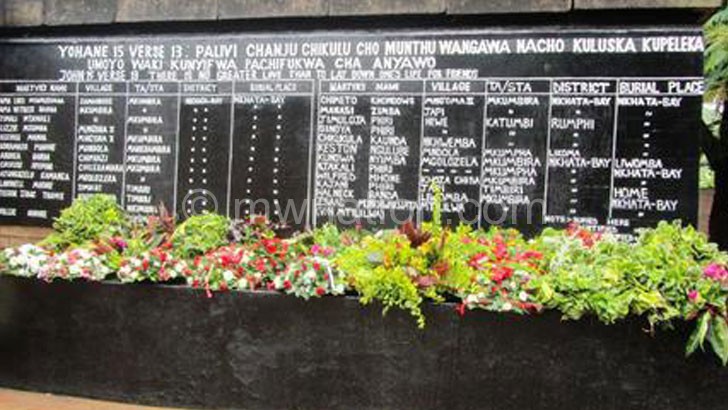Of Escom, Egenco and mediocrity
Hon Folks, while we are knee-high in the much awaited rainy season, power outages have resumed with vengeance.
In Michiru, Blantyre, where I live, power comes at 10pm to around 4am, implying that we have to do without electricity for the 18 hours we are awake and active!
Is it any better where you are residing? Lack of communication on load shedding programme makes it difficult for us to know if the pattern will change any time soon or not.
But the question that sends a chill down the spine is: what should we expect between June and November when Malawi is dry indeed?
Folks at Escom are busy country-trotting, telling business captains—domestic users are simply ignored—that there are plans to buy diesel powered generators to boost supply in the medium-term while banking on the Malawi-Mozambique power interconnection project in the long-term.
Earlier on Escom made us base our hopes on the rainy season and the much-touted 1.2 million LED bulbs distribution campaign. The rains are in season and the LED bulbs have been distributed yet Egenco—a company created to focus on electricity generation, leaving Escom to do transmission and distribution–claims power generation is currently reduced to “about 40 percent of the total capacity.”
The questions remains: what would be Egenco’s power generation rate by the time the generators are finally procured towards the end of the second half of the year and what difference will they make?
Of course, we have also for long heard about the plan to supplementing Egenco’s hydro power with power generated from coal at Kammwamba and other unspecified sources but that record is grooved before it has been played.
It’s not clear when the extras will start pouring into the Escom grid and everybody is mum on the price implication for such electricity. Maybe this is not surprising in Malawi, where even parastatals make the consumer bear the whole cost of inefficiency plus the commercial value of the service rendered.
Aren’t we already saddled with an automatic pricing system pegged to the dollar for the power that only comes during the six hours we are fast asleep? The government that gave the approval for such a punitive pricing structure is the same government which has maintained the minimum wage at less than K20 000 (about $25) a month. In the US, 25 dollars is less than a minimum wage for two days!
What appears to be a more feasible solution is the interconnection project. Unfortunately, according to Escom, this project will not become operational until 2021. Again, that depends on the requisite infrastructure being put in place according to plan which, if it happens at all, will be a first in Malawi where besides embezzlement, public sector projects are characterised by delays and cost over-run.
By the way, how will the interconnection project cost compare with what it should have been had former president Bingu wa Mutharika not shot the project down when it was first recommended way before his death in 2012? Mediocrity!
An Egenco press statement says Malawi has for a decade now been experiencing “low to inadequate rainfall” yet conspicuously missing is what has so far been done to reduce its impact
Escom and its “comrade in crime” Egenco would not admit that the automatic tariff adjustment system they have used in the past two years had more to do with raising revenue for them and government to squander. You just have to look at the areas where Escom has made tangible investment!
The mediocrity in Escom can be traced back to the days of Bakili Muluzi when its management used to brag about plans to start exporting power to neighbouring countries. They only shut up when two consultants from Eskom in South Africa publicly declared that rather than dreaming of exporting power, Malawi had to seriously start thinking about importing it because Escom’s source of hydro-power was as good as a dry pond.
Of course, nothing much has been done since then. Mediocrity! n




